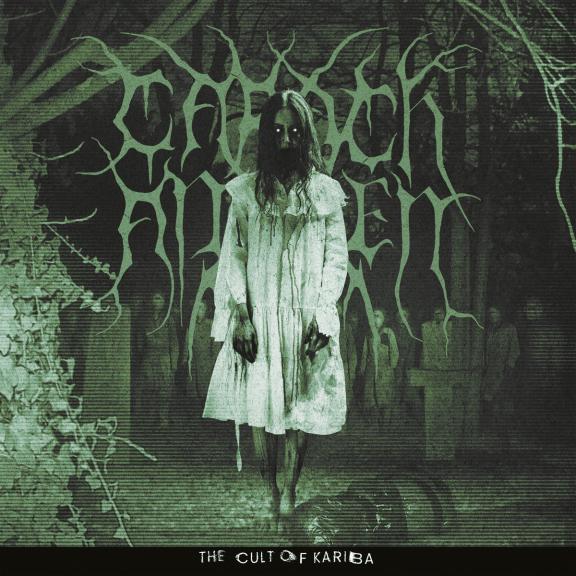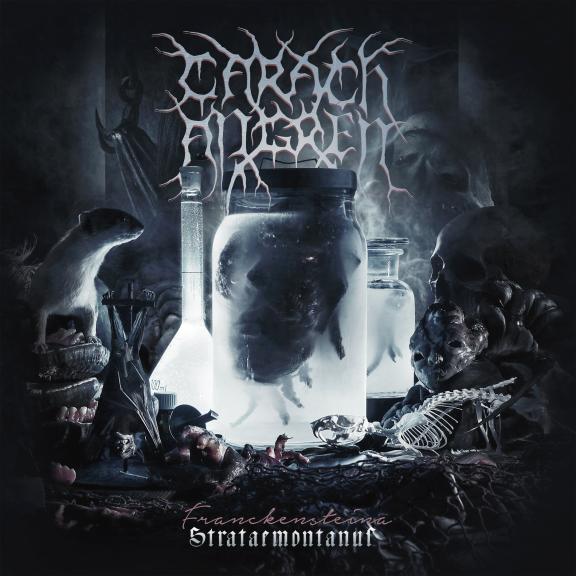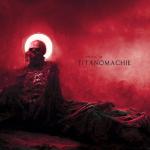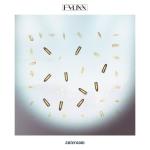Welcome to 1666, a jovial era when people still knew how to have fun! With their new EP, Carach Angren breaks five years of silence to take us back to the story of their first album, Lammendam (released in 2008). The duo, composed of Seregor (vocals, guitars) and Ardek (keyboards, orchestra), returns to its story of the White Lady, inspired by local folklore, occultism, real poems, and forgotten plays. You will meet Kariba the witch , who is also suspected of being a poisoner.
Threatening cults, mystical symbols, blends of myth and folklore: Carach Angren always skillfully and passionately manipulates facts and fantasies to bring his universe to life. The grandiose, cinematic setting imposed by the intro A Malevolent Stirs plunges us directly into the ideal nocturnal atmosphere, a macabre fairy tale in which we already savor the refined torments promised by the words recited by Tim Wells. Draw Blood, its ghostly choirs, vicious riffs, the dry croaks of Seregor, a grimacing beast: Carach Angren is unrivalled in the art of grotesque and horrific theater. We love the energy and mystery that emanate from it, the dramatic tension that our deviant narrator creates, and that little gloomy pause where Nikos Mavridis' violin resonates (a loyal collaborator of Carach Angren who has also worked with Sopor Aeternus and Rome, here's someone who knows how to extract specters from his strings!).
On their previous album, Franckensteina Strataemontanus, Carach Angren surprised listeners with some unusual experiments, closer to industrial music. The good news is that despite a limited number of tracks, The Cult of Kariba doesn't forget these sidesteps with Ik Kom Uit Het Graf (“I rise from the grave”), which is reminiscent of the heaviness of Monster: it's jarring, disturbing, deformed and monstruous... and therefore inevitably enjoyable, with its incantations and “ooooh lalala” chants! Purists can rest assured: The Resurrection of Kariba and Venomous 1666 will satisfy your craving for a more “traditional” Carach Angren.
Violin lamentations and a strangely out-of-place guitar solo: Venomous 1666 is the EP's unapologetic grand finale. We savor its evil grandiloquence while dreaming of one day seeing a musical by Carach Angren, something completely crazy with reanimated corpses, hooded figures chanting as they sacrifice things, bodies rotting in the earth, and ancient forgotten rituals. We can't wait for their next tour!
The sound design, the variety of instruments, Seregor's sinister vocals, this mix of Grand Guignol gore and gothic poetry accompanied by possessed orchestrations: the duo is flamboyant and putrid. Each element adds to the intrigue, developing the narrative perhaps even more than in the past (we appreciate the multiplicity of points of view that we feel in the singing, between gurgling and clear voices, especially when the band takes the side of a corpse in Ik Kom Uit Het Graf). It's a great show, made with talent and passion. The Cult of Kariba is of course too short after such a long wait, but this allows it to better condense its ideas and highlight its story. Yes, it's all ornamental, but that's where the pleasure comes from!






